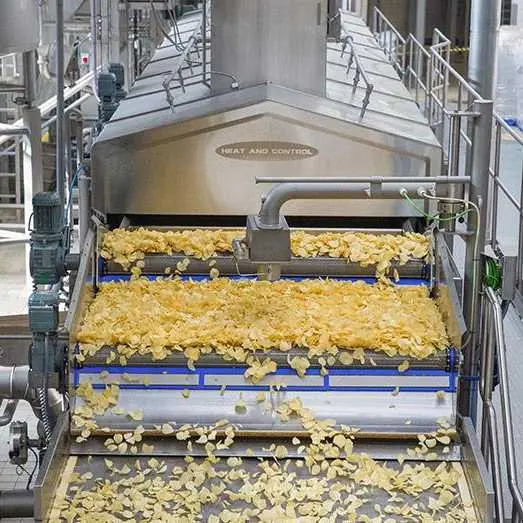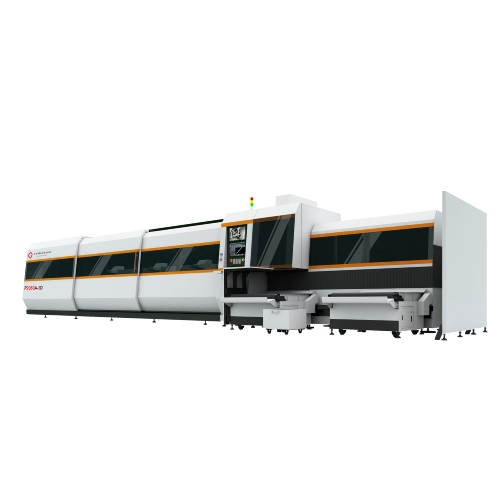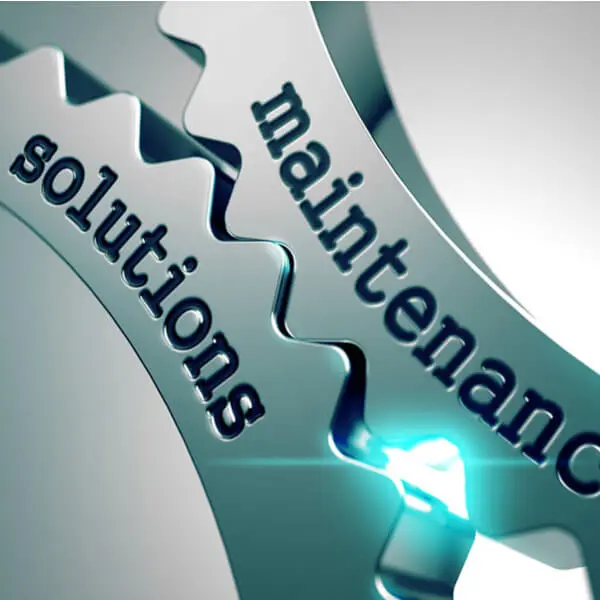****

The Ultimate Guide to Choosing the Right Mild Steel Plate Cutting Machine for Your Fabrication Needs
In the world of metal fabrication, efficiency and precision are paramount, particularly when it comes to cutting materials such as mild steel. Mild steel, known for its versatility and ease of use, is a popular choice for a variety of applications, from construction to automotive manufacturing. A critical component in working with mild steel is the cutting machine, and more specifically, the mild steel plate cutting machine. This article will explore the various types of cutting machines available, their applications, important features to consider, and tips for optimizing their use in your fabrication projects.
Types of Mild Steel Plate Cutting Machines
There are several types of cutting machines used for processing mild steel plates, each with its own mechanism and advantages:
1. **Plasma Cutting Machines**: Utilizing a high-temperature plasma arc, these machines can cut through thick steel plates quickly and efficiently. Plasma cutting is known for its speed and the ability to make intricate designs.
2. **Oxy-Fuel Cutting Machines**: This traditional cutting method employs a chemical reaction to burn through mild steel. Although slower than plasma cutting, oxy-fuel cutting is ideal for thicker materials and is often more cost-effective for heavy-duty applications.
3. **Laser Cutting Machines**: Laser cutting technology has advanced significantly in recent years. Laser machines can produce highly precise cuts with minimal material wastage. They work best for thinner plates but can be configured for thicker mild steel as well.
4. **Water Jet Cutting Machines**: Using a high-pressure stream of water mixed with abrasives, water jet cutting avoids heat-affected zones that can compromise the integrity of the material. This method is excellent for delicate designs and produces clean edges.
5. **Shearing Machines**: These machines work by applying a shearing force to cut through the plate. They are effective for straight cuts and are frequently used in industrial applications where speed is essential.
Key Features to Consider
When selecting a mild steel plate cutting machine, several features and specifications should be evaluated:
– **Cutting Thickness**: Understand the thickness of the mild steel plates you will be working with. Different machines have varying capacities regarding the maximum thickness they can effectively cut.

The Ultimate Guide to Choosing the Right Mild Steel Plate Cutting Machine for Your Fabrication Needs
– **Cutting Speed**: Speed is crucial, especially if you have large volumes of plates to process. Faster machines can help improve overall productivity and reduce turnaround time.
– **Precision and Tolerance**: Depending on your application, precision may be a significant factor. High-quality machines offer better control and can produce more intricately designed cut patterns.
– **Ease of Use**: Look for user-friendly interfaces and automated systems. Machines with advanced programming capabilities can simplify operations and reduce the likelihood of human error.
– **Maintenance Requirements**: Cutting machines require regular maintenance to ensure optimal performance. Choose a machine that comes with support and easy-to-replace parts.

The Ultimate Guide to Choosing the Right Mild Steel Plate Cutting Machine for Your Fabrication Needs
Applications of Mild Steel Plate Cutting Machines
Mild steel plate cutting machines have diverse applications across numerous industries. Some of these include:
– **Automotive Manufacturing**: Cutting components for vehicles, such as frames and body panels, where accuracy and structural integrity are essential.
– **Construction**: Fabricating steel beams and supports, which require precise cuts to fit snugly into place during building projects.
– **Shipbuilding**: Creating components for vessels, where the plates need to withstand harsh conditions and require careful cutting.
– **Energy Production**: Cutting mild steel for use in pipelines, storage tanks, and reactors common in oil and gas extraction.
Optimizing the Use of Your Mild Steel Plate Cutting Machine
To get the most out of your mild steel plate cutting machine, consider the following tips:
– **Regular Training**: Ensure that your operators are well-trained in using the machine, understanding its capabilities, and following safety protocols.
– **Routine Maintenance**: Schedule routine checks and maintenance to address any wear and tear before it leads to larger issues.
– **Material Quality**: Always use high-quality mild steel plates to minimize issues such as warping or excessive cutting time.
– **Software Updates**: If your machine relies on software control, ensure that you keep it up to date to benefit from the latest features and improvements.
Conclusion
Investing in the right mild steel plate cutting machine can markedly improve the efficiency and precision of your fabrication projects. By understanding the types of machines available, identifying key features, and optimizing usage, you can make informed decisions that lead to improved productivity and quality in your work. Whether you are in the automotive sector, construction, or any other industry utilizing mild steel, the right cutting machine can make all the difference in achieving excellence. Fiber Laser Cutter For Metal




